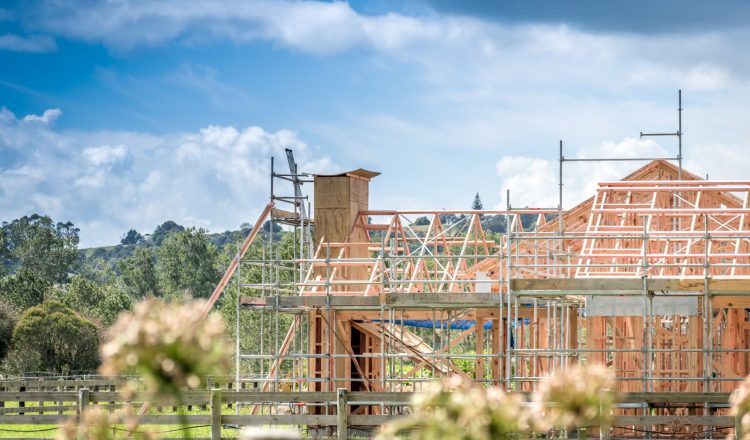재산의 외국인 소유권
뉴질랜드 시민이나 영주권자 아닌 외국인이 정부의 허가 없이 뉴질랜드 부동산을 구입하기란 쉽지 않습니다. 해외투자청(OIO, Overseas Investment Office)은 뉴질랜드에 대한 외국인 부동산 투자 동의 신청 절차를 담당합니다.
신청서 제출 없이 부동산을 구입할 수 있는 사람은 다음과 같습니다.
- 뉴질랜드 시민
- 뉴질랜드 영주권자
- 호주 시민
- 싱가포르 시민
이러한 범주 중 하나에 속하지 않는 모든 사람은 뉴질랜드 내 부동산을 구매할 때 제한이 있으며 OIO의 동의가 필요할 가능성이 큽니다.
7nbsp;
구매하기 위해 무엇이 필요합니까?
IRD 번호
뉴질랜드에서 부동산이나 토지를 구입하라면 IRD 번호가 필요합니다. IRD 번호는 국세청(Inland Revenue)에서 개인과 사업체 모두에게 발급하는 고유 번호인데 이 번호를 받으려면 먼저 뉴질랜드 은행 계좌를 개설해야 합니다. 해외 거래처도 자국의 세금 번호/세부 정보를 제공해야 합니다.
신원 증명
2019년 1월 1일부터, 부동산을 매도하는 사람은 뉴질랜드 정부의 자금세탁방지법(AML, Anti Money Laundering Laws)에 따라 신원을 증명해야 합니다. 어떤 경우에는 AML요구사항을 충족하는 방법으로 신원확인을 요청할 수도 있습니다.
보증금
구매액의 최소 30%를 보증금으로 지불해야 합니다.
PAYE 양식
은행 대출을 받으려면 정규직 PAYE 양식이 필요합니다. 자영업자이거나 프리랜서, 계약직이라면 구할 수 없습니다.
뉴질랜드의 자산에 대한 재무 액세스
은행은 일반적으로 외국인 기준 소득이 관련될 때 다루기 까다로와 합니다. 위에서 언급한 바와 같이 평판이 좋은 국가의 안정된 직장이 있는 사람의 PAYE 수익만 받으려고 하는 경향이 있습니다. 다시 말하지만, 위에서 언급했듯이, 만약 당신이 자영업자이거나 계약자라면, 대출은 매우 어려워질 것입니다.
자금을 마련하기 위해서는 뉴질랜드 시민이 아닌 외국 바이어들이 비은행 대부업체를 통해 조달받아야 합니다. 이러한 주택담보대출 금리는 일반적으로 약 5.5-7.5%입니다.

















































